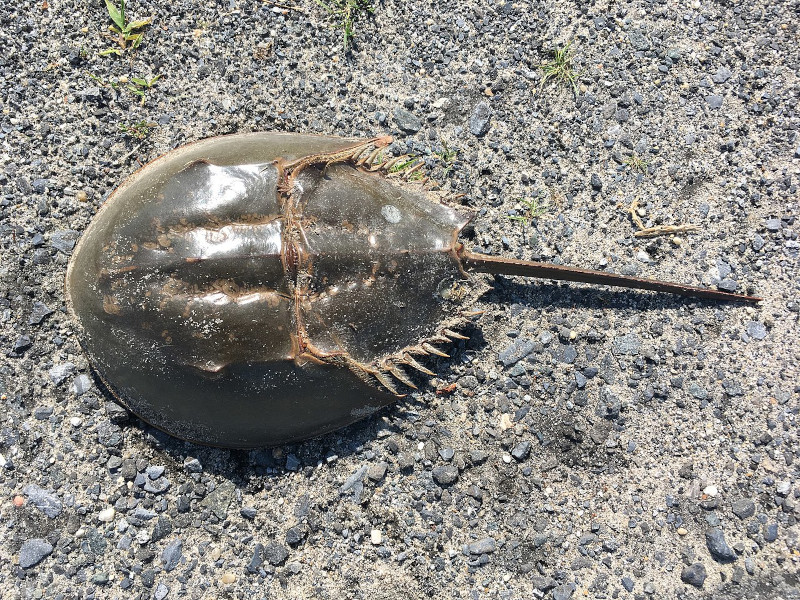
Atlantic Horseshoe Crab Facts
- The most commonly used name for this remarkable product of evolution is the informative term of Atlantic Horseshoe Crab. The creature does have at least one other widely accepted general name, though. That’s the similar one American horseshoe crab.
- Within the halls of science, however, it’s perhaps better known by its technical moniker. Fortunately, that’s a relatively simple term for the layperson to pronounce, at least compared to others. That’s because it holds the official tag Limulus polyphemus.
- The amazing Arthropod received that designation due to the efforts of Carl Linnaeus. The highly esteemed Swedish zoologist accomplished the first recognition of it as a separate and distinct species. He managed that noteworthy feat in 1758.
- In the past, various mistaken beliefs and folklore caused many people to consider the species destructive to fisheries. Given these factors, they were actively hunted and killed in vast numbers as pests. This activity continued into the early 20th century.
- Due to such actions, the impressive Atlantic Horseshoe Crab now finds itself with a greatly reduced population. That lamentable state also seems to hold true throughout its known territory. Accordingly, the IUCN now lists the creature as Vulnerable.
- The invertebrate currently faces multiple threats to its continued existence as a species. Like all forms of life on earth today, most of these stem from the actions of man. These include such dangers as habitat loss and the ongoing effects of climate change.
Related Articles
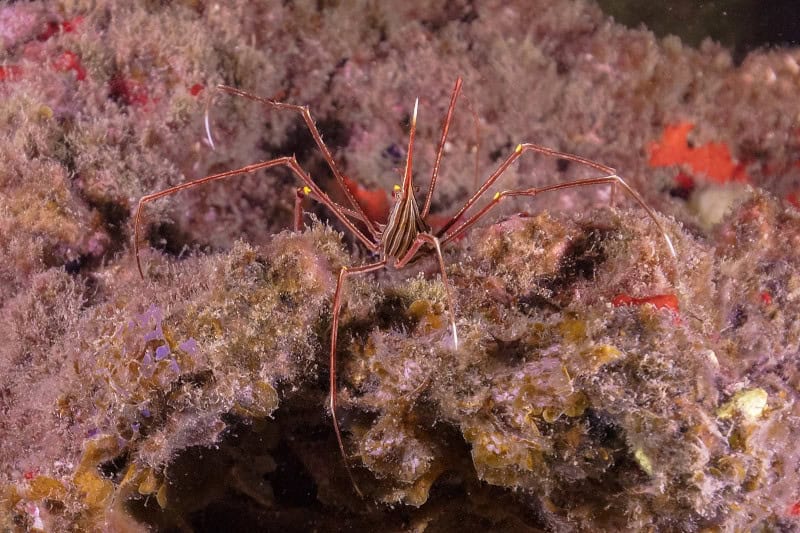
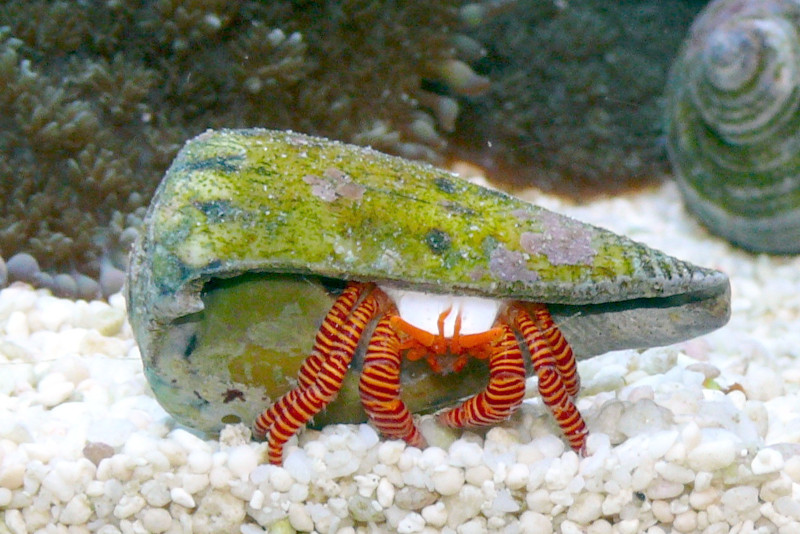
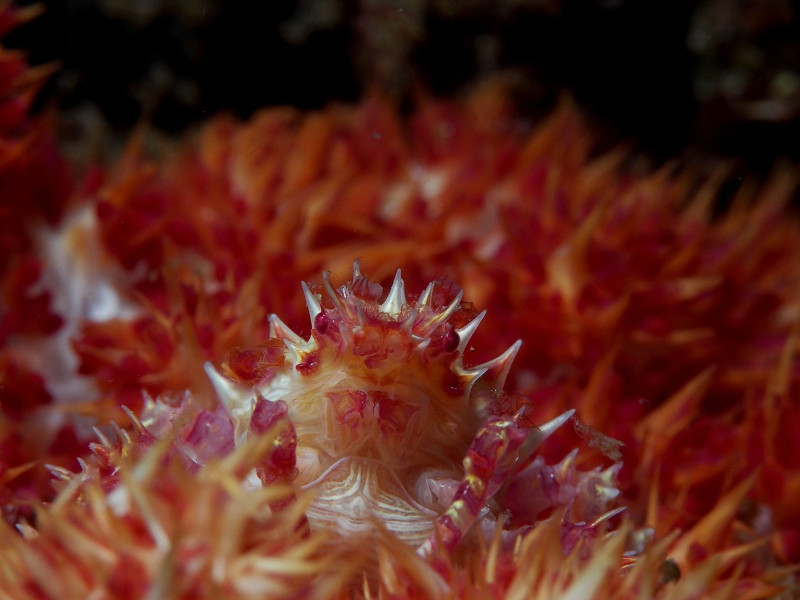
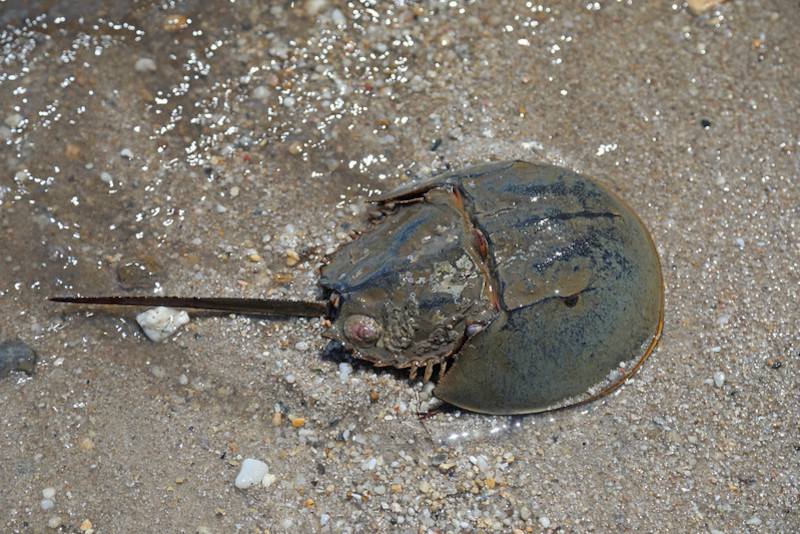
Atlantic Horseshoe Crab Physical Description
The incredible Atlantic Horseshoe Crab possesses a very distinctive physical appearance that typically draws the attention of those who encounter it. The animal does so, however, without the advantage of size, given that fact that it’s not an overly large creature.
In that regard, it does follow a pattern common among many species, though. That’s in the fact that it displays a certain degree of the physiological characteristic of sexual dimorphism. In its specific case, this trait manifests purely in terms of physical dimensions.
More specifically, females attain greater average measurements than their male counterparts. This extends to length, width, and mass alike. Yet, the difference isn’t minor as in some species. In fact, females reach a mean size roughly 30% larger than the males.
Sizes further vary across its native range. Overall, however, this gender typically grows up to 24 in (60cm) in length. That also includes the tail. The carapace of large females sometimes measures as much as 10 in (25.4 cm) in width. Mass occasionally reaches 11 lb (4.8 kg).
As mentioned previously, though, the males aren’t quite as large. For them, total length rarely exceeds 15 in (38 cm). These additionally remain much lighter than females. These typically only reach weights equaling about 5 lb (2.3 kg). Exceptions do occur, though.
Yet, in terms of general outward appearance, both sexes of the Atlantic Horseshoe Crab present the same basic patter of development. The coloring of the shell usually consists of brown or olive green above. Below, however, this generally shows a pure brown shade.
The body also has an intriguing construction. It’s divided into three separate sections. Those are the head, abdomen, and tail. On the underside of the head segment, six pairs of legs appear. Amazingly, the creature evolved a total of nine eyes, in different locations!
- Kingdom: Animalia
- Phylum: Arthropoda
- Class: Merostomata
- Order: Xiphosura
- Family: Limulidae
- Genus: Limulus
- Species: L. polyphemus

Atlantic Horseshoe Crab Distribution, Habitat, and Ecology
The remarkable Atlantic Horseshoe Crab evolved as native to a relatively limited and restricted portion of the marine regions of the globe. Given its name, the location of that zone of habitation isn’t in much doubt, however. It’s endemic to part of the Atlantic Ocean.
More precisely, Nature created the amazing creature as native to the waters around North America. There, the great majority of its population lives along the east coast of the United States. That part of its territory extends from Maine in the north to Florida in the south.
Yet, a smaller percentage of its numbers appear elsewhere, too. From Florida, its known natural range continues into the Gulf Coast region. There, the intrepid animal also resides, albeit in smaller numbers, in the waters of the Gulf of Mexico, as far west as Texas.
Evolution further provided the invertebrate with a moderate amount of flexibility regarding its choice of habitat. The unique animal therefore appears in several types of environments. Yet, it’s rarely seen any further from shore than a distance of 35 mi (56 km).
Whatever area it inhabits, however, it prefers shallower depths. It’s been observed at depths of as much as 660 ft (200 m). Most individuals, though, seem to favor regions measuring no more than 98 ft (30 m) deep. It frequents estuaries, lagoons, and mangrove forests.
The Atlantic Horseshoe Crab evolved as primarily carnivorous in nature. Mature adults consume small prey, including tiny invertebrates like annelid worms and molluscs. The very young, though, eat even smaller food sources, sometimes even including algae.
The breeding season varies across its range, depending on exact location, and takes place on shore. After mating, females lay eggs in the sand of beaches, usually at depths of around 6 – 8 in (15 – 20 cm). Each female generally lays somewhere between 15,000 – 64,000 eggs!
Species Sharing Its Range
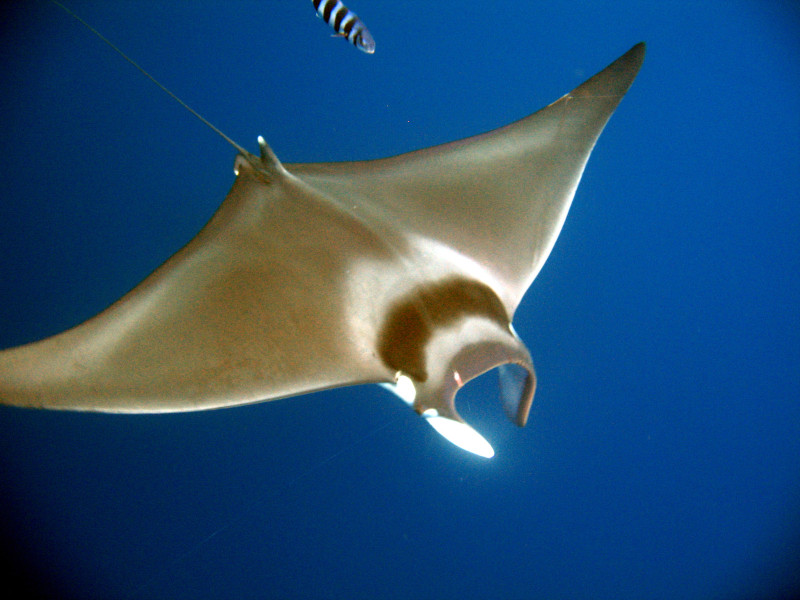
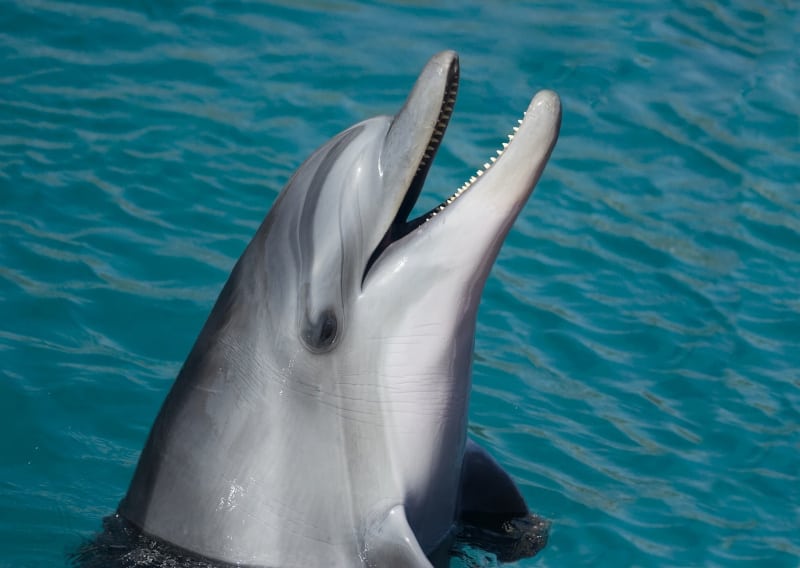
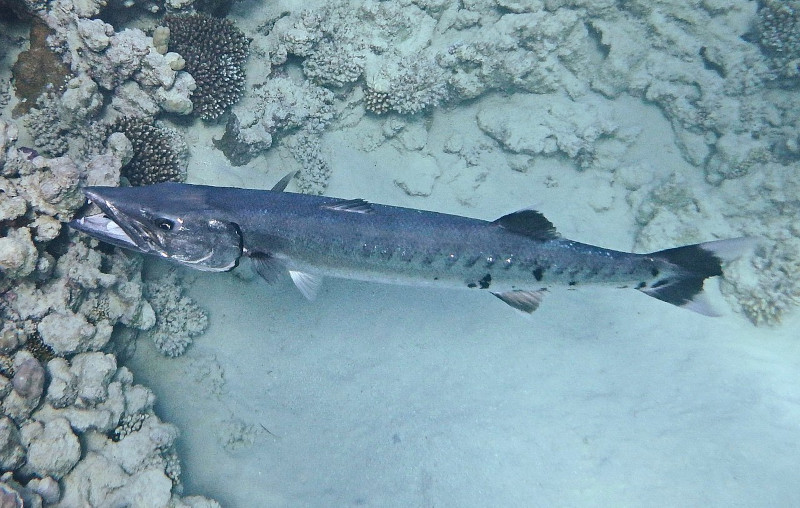
Check out our other articles on 5 Amazing Moths of Asia, Yellow Throated Marten, Vintgar Gorge, Strawberry Tree, Little Auk, East African Lowland Honey Bee, Aldabra Giant Tortoise









Leave a Reply